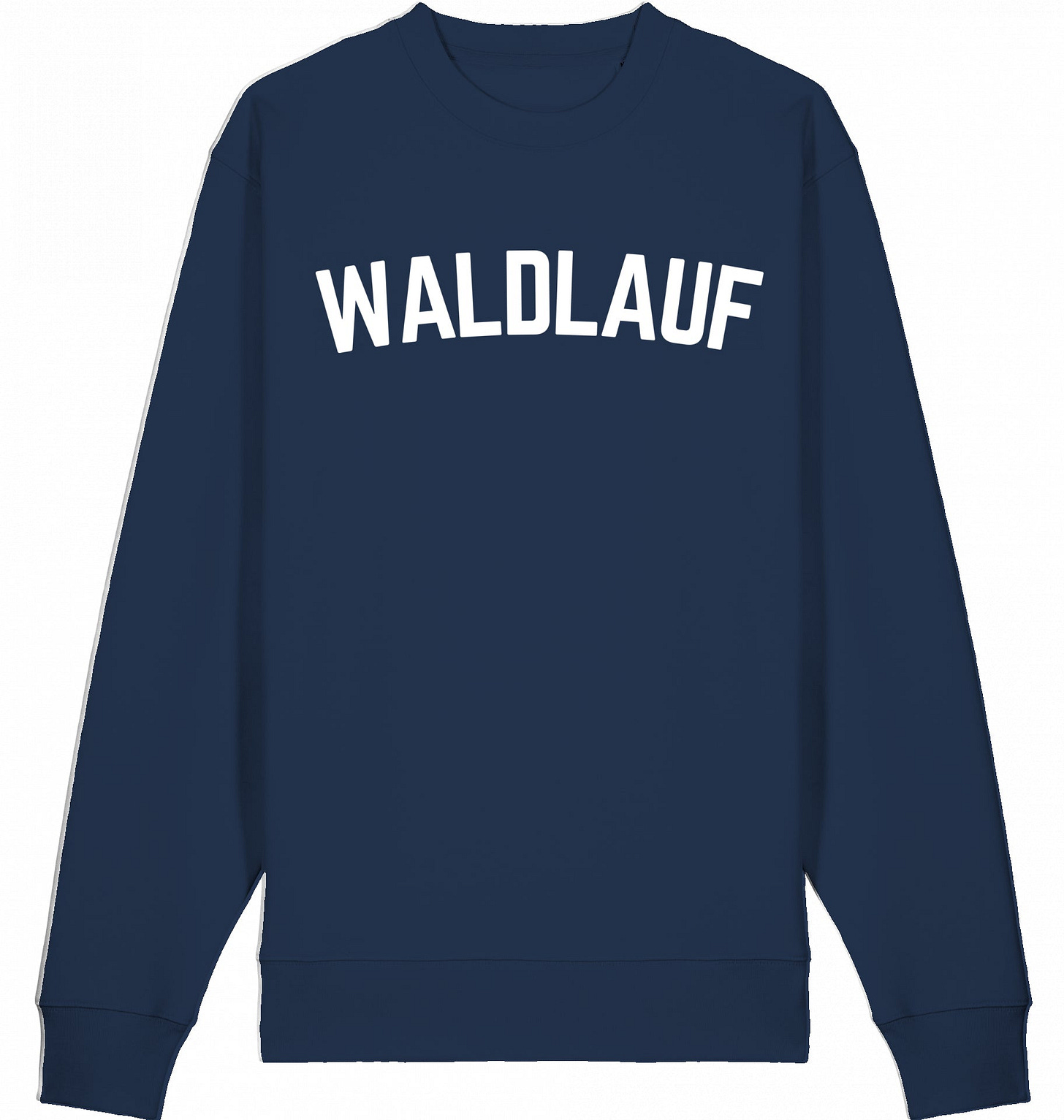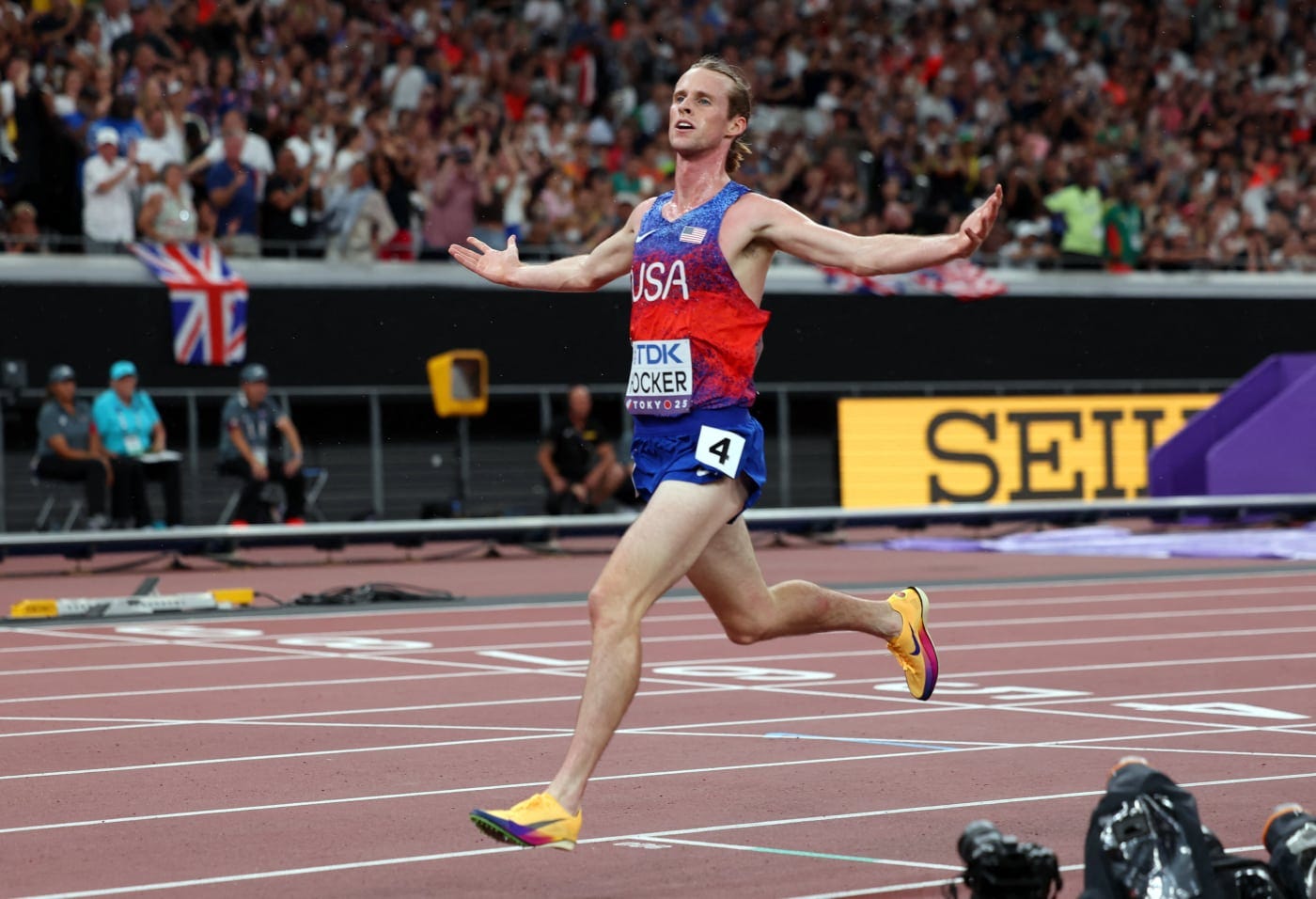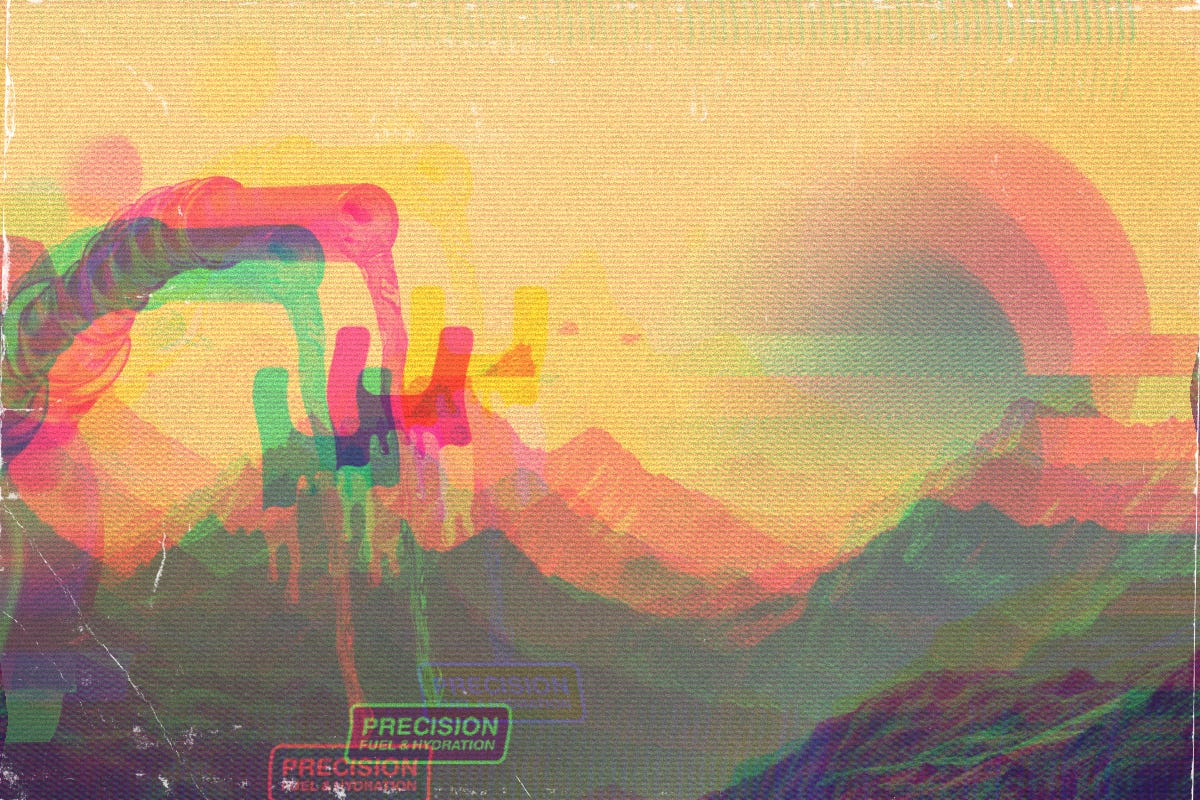Heya and welcome back to Five Things Running!
Last week I wanted to slowly improve my weekly mileage again and just 6 km around the park on at least five days, but on October 3, my wife said to me: “pack some band-aids and some antiseptic, I go to the open air museum with the kids and you can do some trail running where you always fall and come back with bleeding knees!” - so instead of running 6 km around the park, I clocked 14 km and over 300 m of vert. And I didn’t fall. On Sunday I added some 16 km and I finally feel like I am back into running, even though my heart rate is still a bit elevated. Anyhow, I ran over 50 km last week and it has been the first time since before the summer that I ran this much. So I feel pretty good right now. And a bit sore.
Running in the forest is just the best. Make sure to grab some Waldlauf t-shirts or sweatshirts for great fall running!
Also, I don’t mind if you wear Waldlauf apparel while sitting on the couch or hanging out in your favorite café. We run, we don’t judge.
Here’s this week’s Five Things Running!
Running is being ruined by the ‘wellness’ brigade
This isn’t the first running boom in the past 50 years. Nor will it be the last. And yet it’s notable that this latest explosion comes hot on the heels of the Covid years, when once-daily exercise was one of the only legal reasons to leave the house and ‘staying healthy’ took on a more sinister significance. Against that backdrop, the posturing of ‘runners’ – the obsession with pace and over-priced gear and carbohydrate consumption – is almost gratuitous. At best, running is about the freedom of dirt on your shoes, strength in your legs and not a thought in your head. At worst, it’s a dangerous cycle of control and comparison, the most grotesque type of consumerist culture in which food becomes fuel, bodies become gym equipment and personal bests become just another number to beat.
Somebody is a bit grumpy about all the runners looking good in their fashionable apparel and using data to improve their running. The good thing about running is: just run the way you want to run. We run, we don’t judge.
Strava explains why they are suing GPS powerhouse Garmin
For users, Strava’s lawsuit against GPS giant Garmin may be the strangest running-industry legal battle since the Brooklyn Half Marathon sued the Brooklyn Half last year. Now, a Strava executive has shed light on the feud and why the lawsuit exists.
In a Reddit post, Strava’s chief product officer, Matt Salazar, revealed that Garmin is requiring the social fitness app to display the Garmin logo on every workout uploaded by a Garmin user.
Strava is headed for an IPO and is doing everything to make sure enough people are annoyed by them. I will from now on make a point by creating photos with watermarks on my Coros app first and then upload them to Strava. Strava has so much potential, but these kind of strategic decisions make me question their leadership. How about finally fixing this totally absurd AI feature instead? There are a ton of things I’d rather do than suing a company that pushes data into Strava.
‘The most aesthetic line’: how Kilian Jornet climbed the 73 highest US mountains in 31 days
Widely regarded as the greatest mountain athlete of all time, Jornet grew up in Refugi Cap de Rec, a mountain hut in the Pyrenees of north-eastern Spain. With a father who worked as a mountain guide and a mother as a schoolteacher, Jornet summited his first peak before the age of five. At 20, he was the youngest ever to win the Ultra-Trail du Mont Blanc (UTMB), considered the World Series of ultrarunning.
Over his two-decade career, Jornet has set speed records on Aconcagua, the Matterhorn, Denali, Kilimanjaro and Everest; won the triple crown of ultrarunning – Western States, Hardrock and UTMB – and dominated shorter trail races, with 10 wins at Sierre-Zinal and 11 at Zegama-Aizkorri. He’s a world champion ski-mountaineer, bestselling author, founder of the shoe company NNormal, and a physiology obsessive who often uses himself as a guinea pig to see how his body adapts under stress.
The GOAT.
Are ‘Super Spikes’ Powering America’s Running Resurgence?
Not long ago, track spikes were little more than barbed leather socks. The more you weighed, the harder the pounding you received on what felt like bare feet. Super spikes, however, have an actual sole—the thickness of a deck of cards made out of high-tech, energy-returning foam—plus a springy carbon-fiber plate.
Since a large number of athletes started using super spikes around 2021, times have gotten faster across the board. Along the way, there also has been an increase in world medalists who deviate from the historical norm of the small, superlight runner.
Ain’t innovation grand?
6 Questions About the Business of Trail Fueling
What stood out to me most wasn’t necessarily the product itself (I haven’t tried Hyperlyte yet, though their marketing has me curious). It was the approach. It felt fresh. It felt different from the usual playbook we see from trail nutrition brands. It felt authentic.
And it made me realize something. The next lucrative frontier in the trail running economy could very well be in the fuel and nutrition realm.
I’m waiting for somebody to sell a really cool, idiot-proof DIY fuel kit, so that we don’t have to use those plastic pouches anymore and don’t have to spend 3€ on flavored sugargel. Please take this idea and bring it to market!
Thanks to COROS for supporting this publication!
If you missed last week’s edition, you can read it here:
Now, go running!
— Nico
🏃🏻♂️










Hey Nico, thanks for linking my latest article! I really appreciate it.
And I'm there with you on the DIY nutrition kit. Give me something I can mix myself that is idiot-proof. Next billion dollar business idea!
Hey Nico! Very interesting read!! Unfortunately, it left me - a Brazilian reader - with serious Waldlauf FOMO 😂